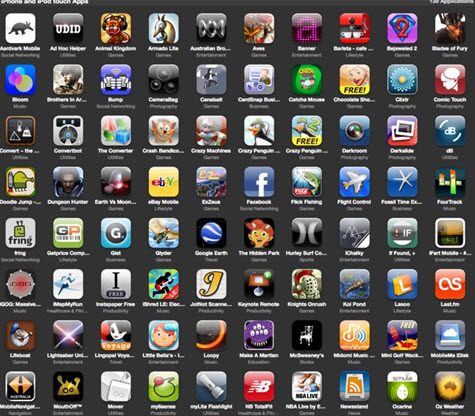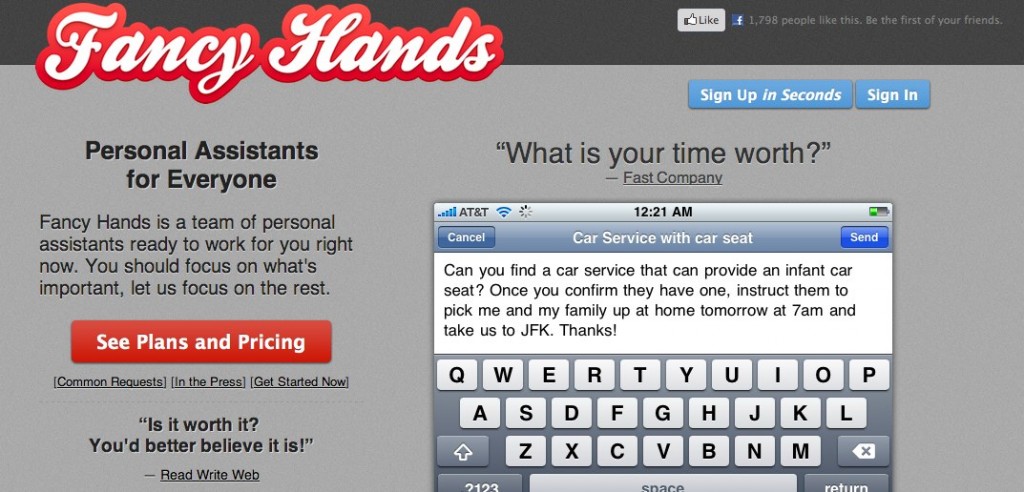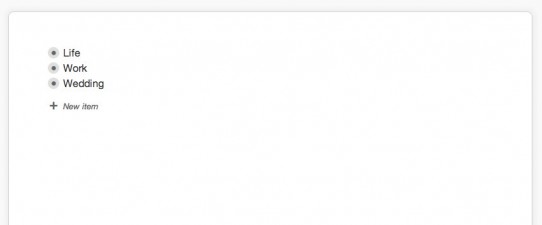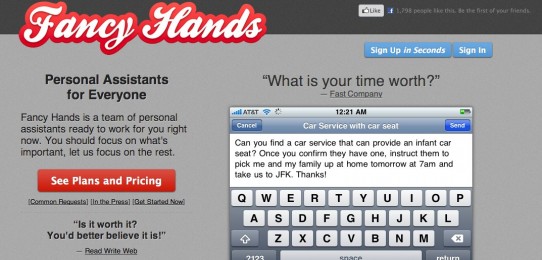Ah Valentine’s Day, a time for chocolate and flowers and punny cards, but also a time to reflect on the connections we share with friends and loved ones. Maybe it’s because I’m a twenty-something-year-old living in New York City, where people are constantly plugged-in via one or more devices, but it seems like everywhere you look, people are obsessed with connecting via messaging apps. Whether in the form of “relationship” apps such as Tinder, Hinge, and even Wingman, or social platforms like Viber, Line, and Snapchat, it’s hard to ignore the feeling that as a society, we’ve taken to outsourcing our most basic interactions to the cloud. Don’t worry, we’re not becoming antisocial, and most of us are still a long way off from a mustachioed Joaquin Phoenix – but researchers are predicting that this is just the beginning.
Yesterday Gartner released data announcing that in 2013, worldwide sales of smartphones surpassed sales of feature phones for the first time. As mature markets become increasingly saturated with connected devices, and emerging markets witness meteoric growth, app stores have been flooded with ways for people to connect with others either down the block or several time zones away. As these apps pop up seemingly overnight, some are rewarded with huge user bases, astronomical funding, and successful exits. Meanwhile, others fall by the wayside. But with hundreds of millions of users (and the theoretical money accompanying them) up for grabs, and those numbers growing every day, the motivation is high for new players to get into the game.
So what makes for a successful messaging app? While factors like luck and timing certainly play a role, there are some distinct characteristics that can position an app to do well when entering this crowded space. Offering a unique experience (and not just, say, an Instagram for selfies) is necessary, because short attention spans mean people are not going to regularly use 10 different messaging apps; they will choose the few that offer the most valuable experiences. Intuitive usability and simple design are also key factors for success – apps that can be used with one hand are that much easier for a user to adopt and revisit.
But most notably, in keeping with Valentine’s Day, apps evoking emotional experiences for users are at a distinct advantage. It’s no mystery why sites such as BuzzFeed and Upworthy are so popular and are constantly shared across social media. There are few things that bring people closer together than humorous content and uplifting stories to rally behind, especially when accompanied by adorable gifs and powerful images. A strong image (be it selfie or emoji) speaks anywhere across the world, and the ability to create these images and messages draws people in, opening up new avenues of expression. Creating an authentic sense of connection and engagement with users has become imperative for any social app, and we can expect to see the sustained development of this theme as the mobile messaging space continues to evolve and grow. Let’s just hope we won’t be seeing more apps capitalizing a little too much on user sentimentality.





